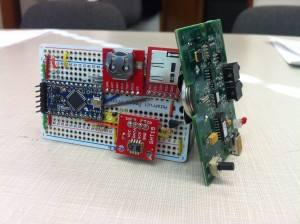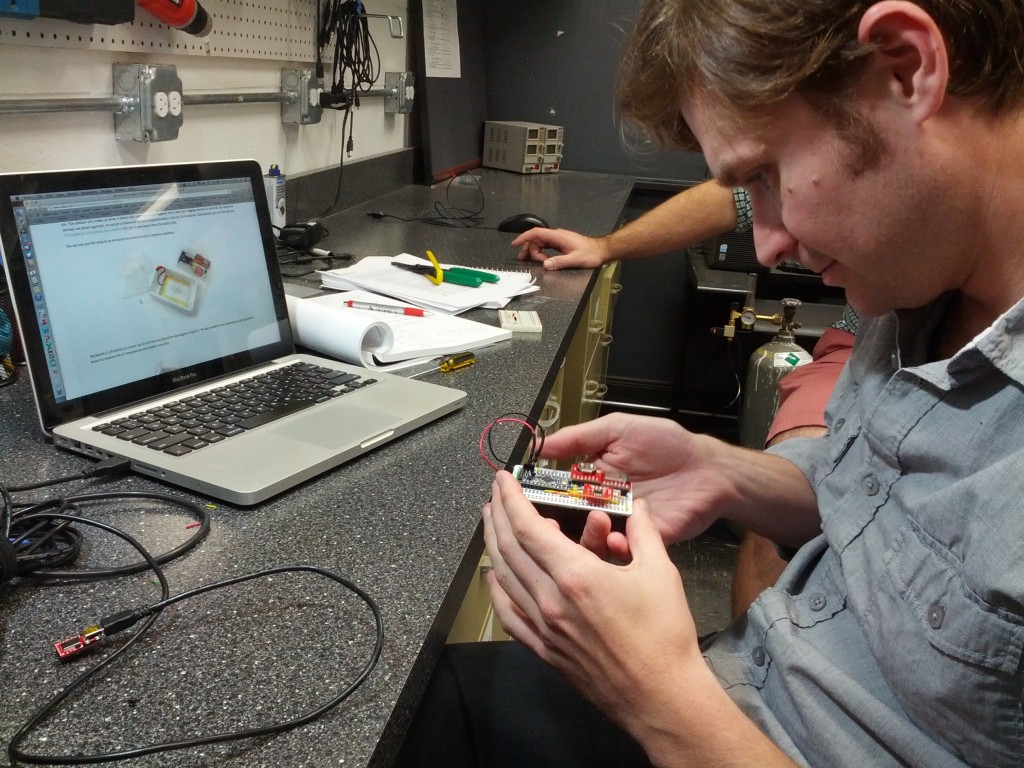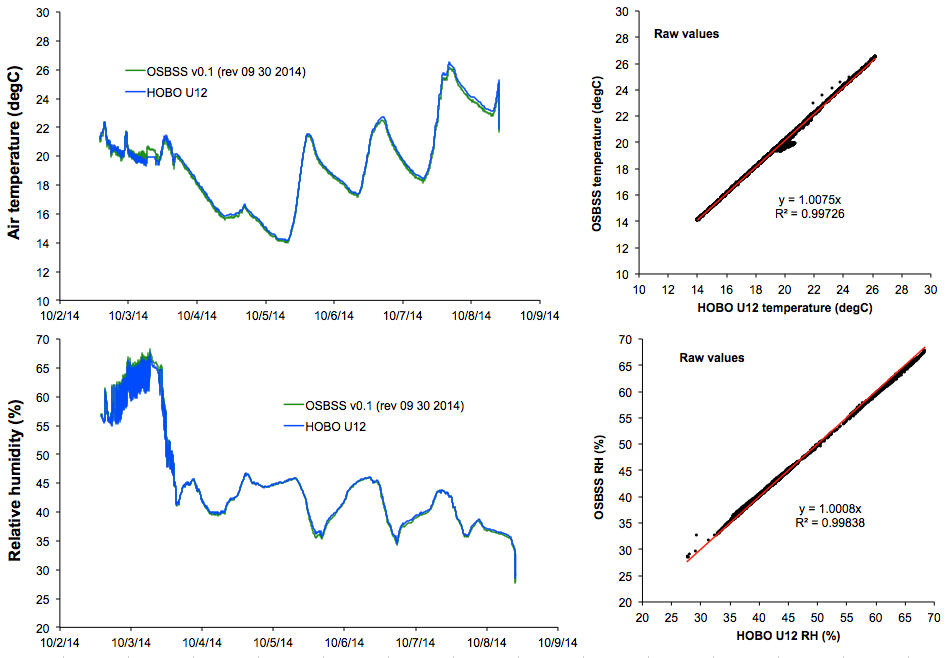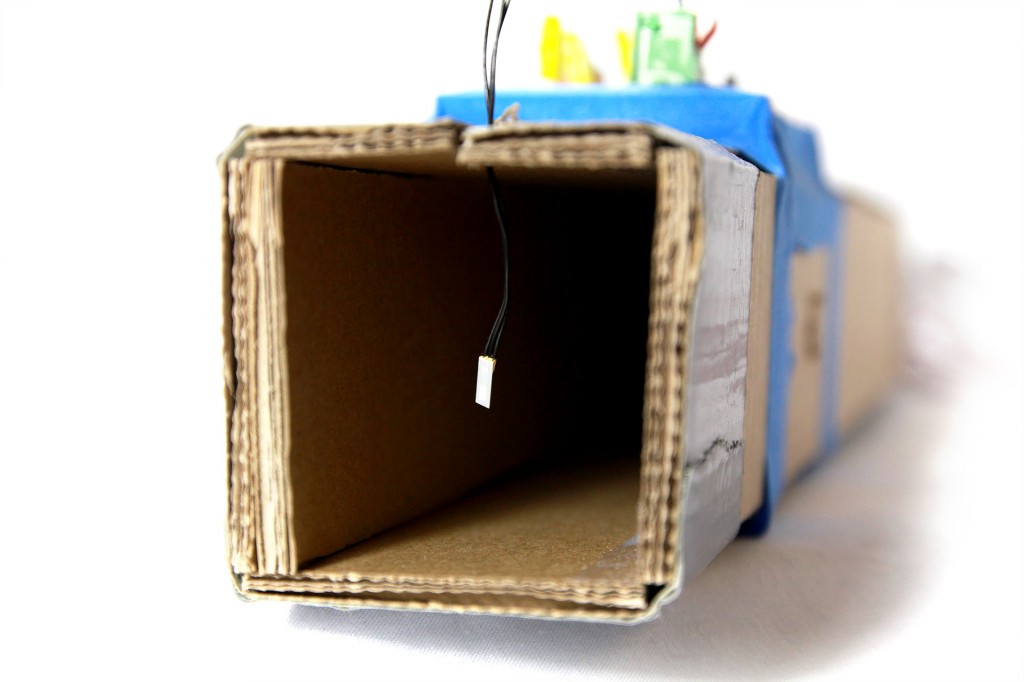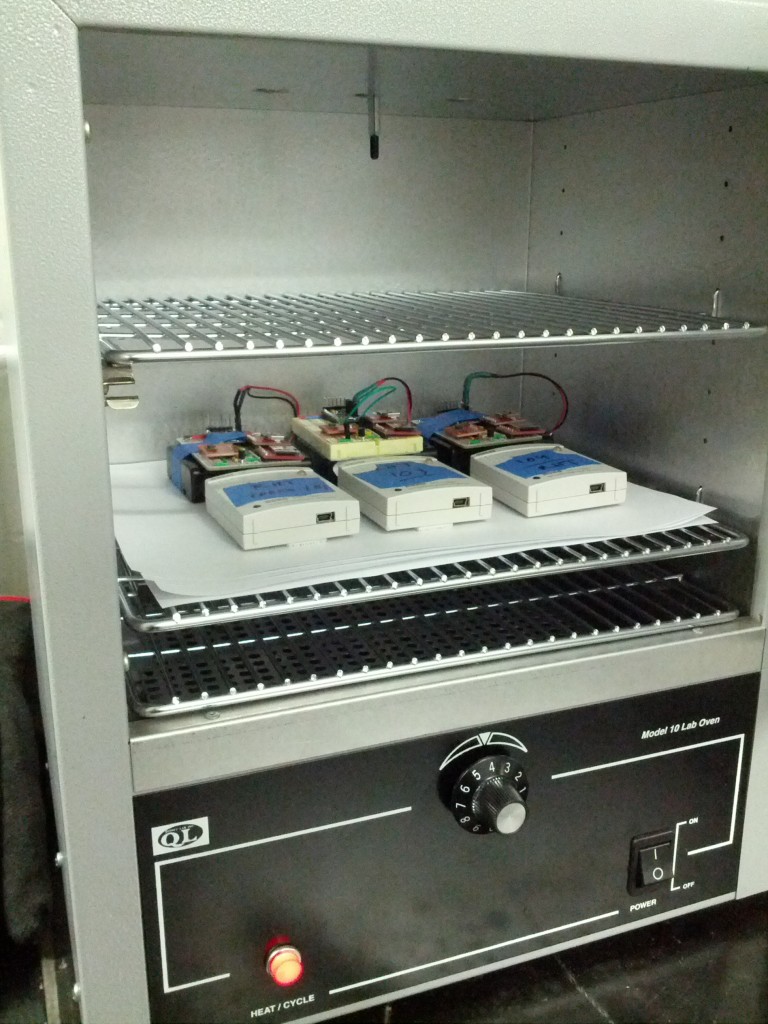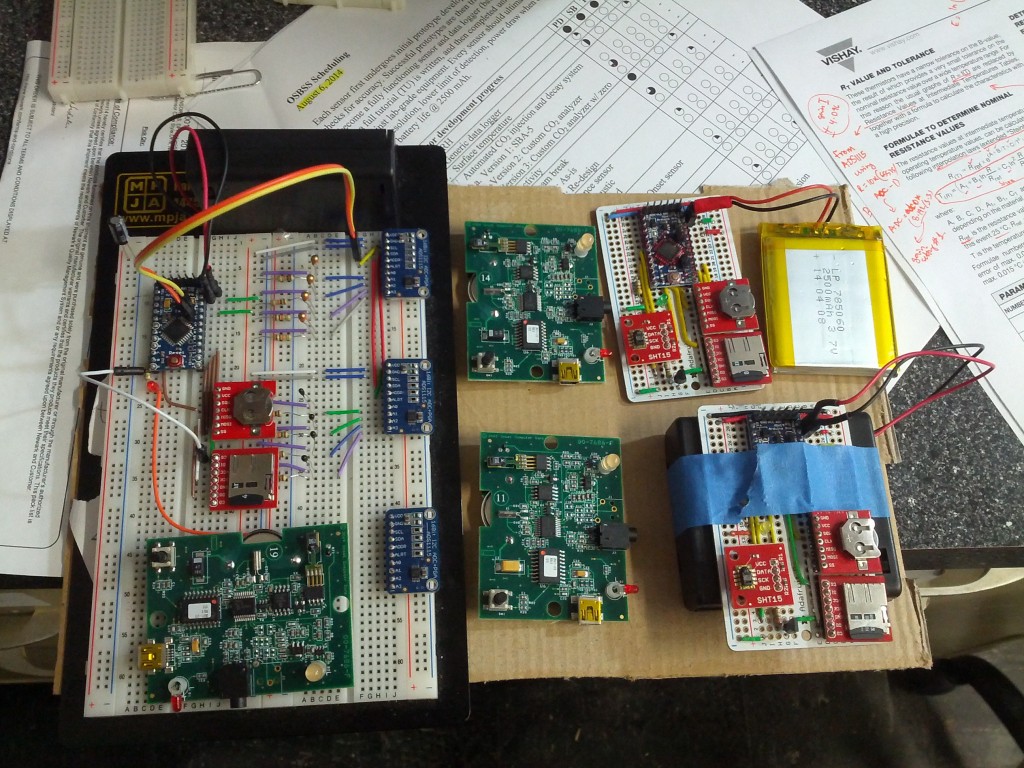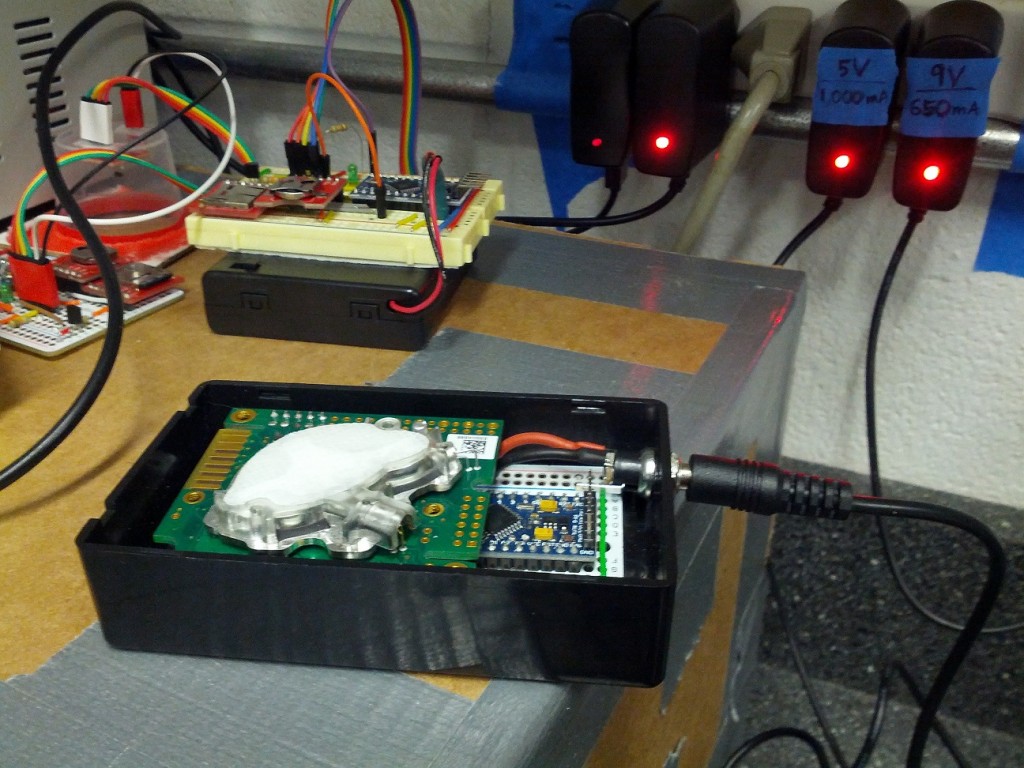This is just a quick post to introduce some early work products resulting from a really exciting project my team has been working on: the Open Source Building Science Sensors (OSBSS) Project (funded by the Sloan Foundation). The goal of OSBSS is to to design and develop a network of inexpensive, open source devices based on the Arduino platform for measuring and recording long-term indoor environmental and building operational data, particularly those parameters that can influence microbial communities in buildings. The development, calibration, and performance of the sensor network is being documented in its entirety and made available freely online (www.osbss.com) along with detailed tutorials allowing others to incorporate in both ongoing and future projects.
The motivation for this work is described in a recently published paper reviewing and prescribing tools to improve built environment data collection indoor microbial ecology investigations (blog coverage here), as well as a workshop report intended to better integrate building science with microbial ecology. We essentially make the case that most investigations into the microbiology of the built environment should also be include long-term measurements of a number of influential indoor environmental and building operational characteristics with high spatial and temporal resolution. Because the cost of building environmental sensors can escalate quickly depending on quantity and desired accuracy, we launched OSBSS to attempt to allow for more flexibility in synchronizing a large number of measurements with high spatial and temporal resolution in a more cost effective manner for use in future research projects.
It’s been an exciting project and I’m happy to report that our team — led by master’s student Akram Ali with lots of help from PhD student Torkan Fazli and undergraduate students Zack Zanzinger, Deion Debose, Boyang “Bobo” Dong, and Joseph Chee Poh Huan — has recently developed a really robust, low power draw, long battery life, easy to use, and accurate data logging platform assembled from a variety of off the shelf parts. The device can be built entirely from parts purchased online and with a little bit of soldering skills, you can make your own data logger with relative ease (even I’ve made one!).
So far we have an excellent temperature and relative humidity sensor tutorial fully developed and available online. You can also read about my own experience building my own sensor and testing against off the shelf equipment. Now that we have a great stable platform for data logging, we are rapidly producing prototypes and tutorials for several other sensors, including surface temperatures, equilibrium relative humidity of surfaces, a CO2 injection, decay and sensor system for ventilation rate measurements, human occupancy, and HVAC system flow and on/off sensors. Stay tuned in the next few months as we publish more of these tutorials!
